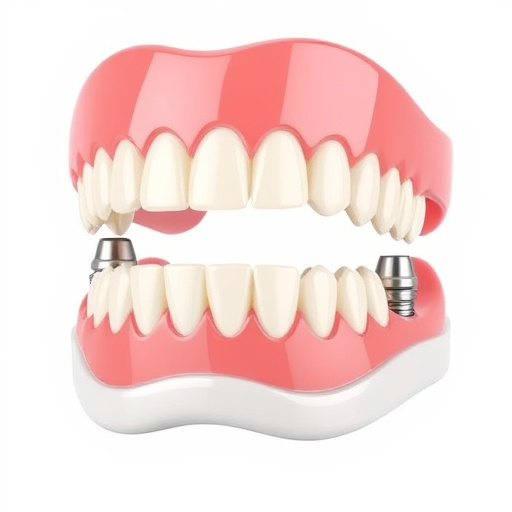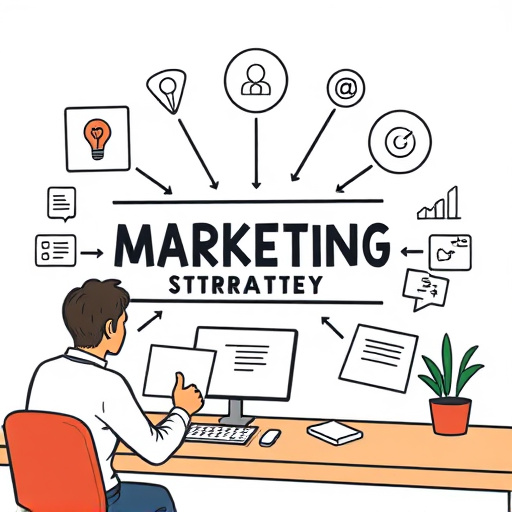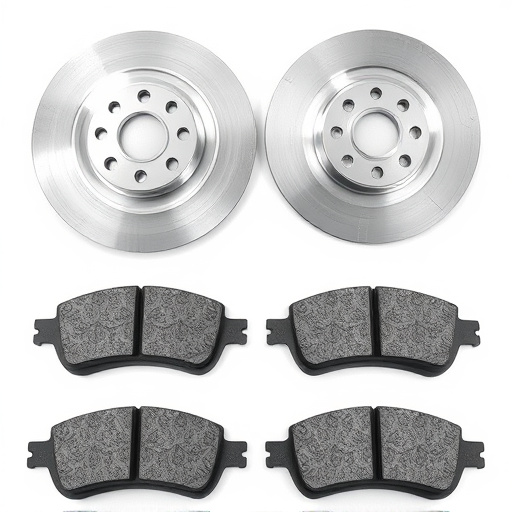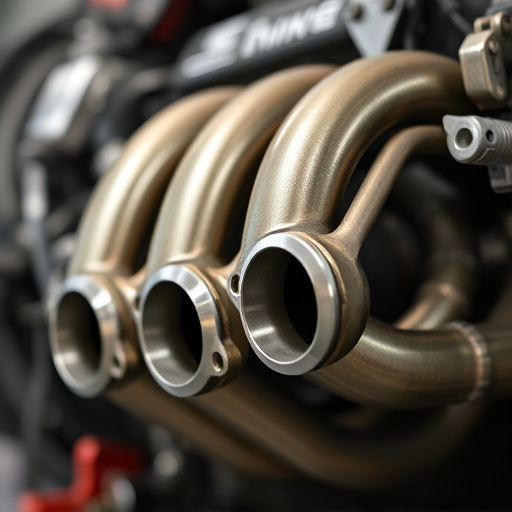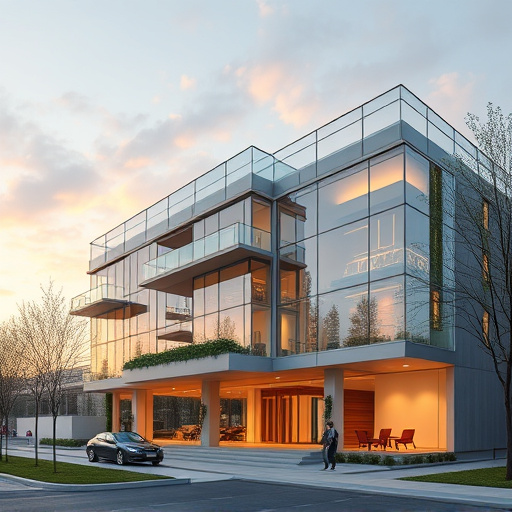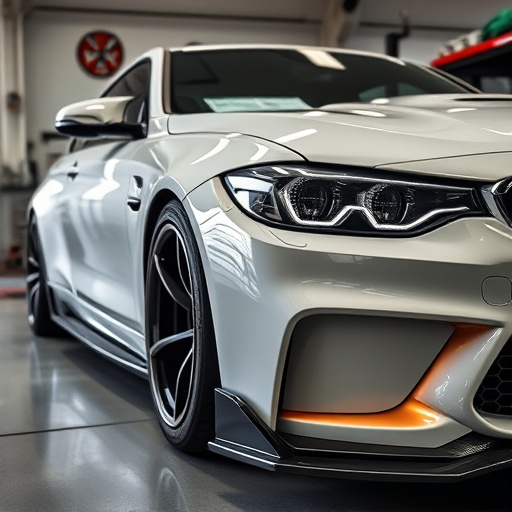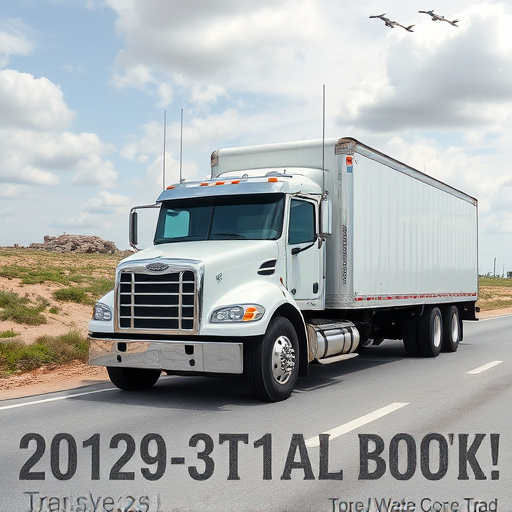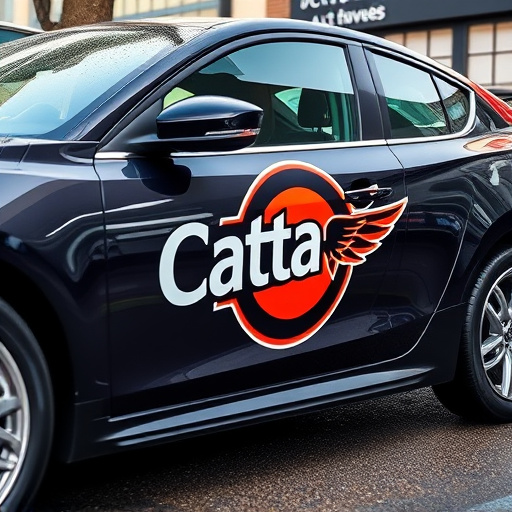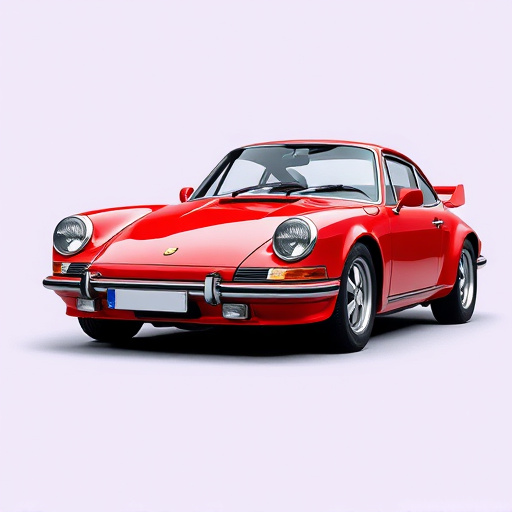Selecting the optimal size and format for your brochure is crucial in brochure design printing, aligning with content, audience, and distribution. Standard A4 and tri-fold sizes offer versatility and compatibility, with automotive businesses often opting for tri-folds. Choosing paper sizes balances aesthetics, budget, and cost-effectiveness; larger formats increase prices due to material demands. Custom sizes enhance visual impact but raise costs. Understanding these considerations ensures your brochure design printing project meets quality and budgetary objectives.
“Elevate your brochure design printing with essential pre-press tips. From choosing the right size (A4, tri-fold) and format tailored to content and purpose, to designing elements that balance text and imagery for maximum engagement—each step matters. Learn best practices for layout, color accuracy, and file preparation to ensure a polished final product. Master these techniques to produce impactful brochures that captivate audiences.”
- Choosing the Right Brochure Size and Format
- – Understanding standard brochure sizes (A4, tri-fold, etc.)
- – How paper size impacts design layout and printing costs
Choosing the Right Brochure Size and Format
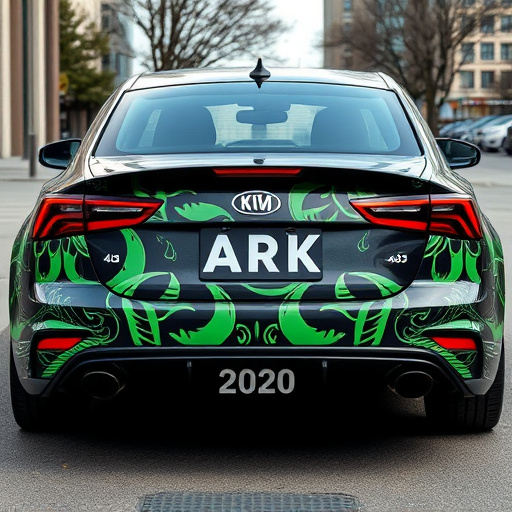
When designing your brochure for printing, one of the initial yet crucial steps is selecting the appropriate size and format. This choice significantly impacts the overall presentation, readability, and visual appeal of your final brochure design printing product. The size should be a perfect balance between showcasing enough content and ensuring it doesn’t appear cramped or overly stretched. A common misstep is designing brochures that are too small, making text hard to read and images unappealing. Conversely, oversized brochures can waste paper and may not fit into standard distribution channels.
Consider the purpose of your brochure—whether for marketing a service, promoting an event, or highlighting product features. For instance, a brochure featuring high-quality finishes on a custom vehicle wrap would need to be larger to do justice to the vibrant colors and intricate details. Conversely, a concise business overview brochure might be more suitable in a compact size, focusing on essential information with UV protection to preserve its quality over time. Remember, the format you choose should align with your content, target audience, and distribution method for an effective brochure design printing outcome.
– Understanding standard brochure sizes (A4, tri-fold, etc.)
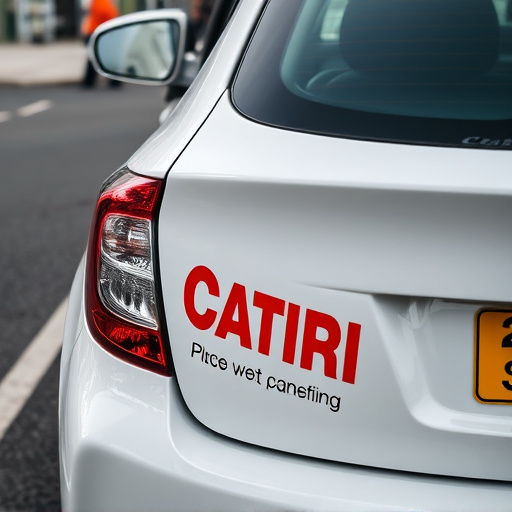
When it comes to brochure design printing, understanding standard sizes is a crucial first step. The most common format is A4, which is a versatile size suitable for many applications. However, there are other popular options like tri-fold brochures, ideal for compact and visually appealing presentations. These standard sizes ensure compatibility with various printers and folding machines, streamlining the production process.
For instance, automotive detailing businesses often opt for tri-fold brochures to showcase their services and products. The folded structure allows for a clear division of content, making it easy for potential customers to digest information quickly. Additionally, considering factors like UV protection for printed materials is essential, especially when showcasing vehicle protection services or products, ensuring durability and vibrancy of colors over time.
– How paper size impacts design layout and printing costs
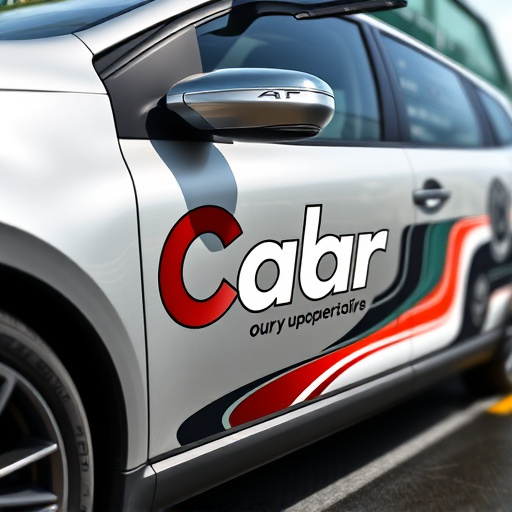
The paper size you choose for your brochure design printing significantly affects both the layout and cost. Standard sizes like A4 or 8.5″ x 11″ are cost-effective and suitable for many applications, offering a balance between aesthetics and budget. However, if you opt for larger formats like 11″ x 17″ or even custom sizes, your design possibilities expand, but so does the printing price tag. Wider or taller papers demand more material, leading to higher costs.
For instance, when designing a brochure with custom graphics intended for vehicle wraps, you might consider a larger size to showcase the art more prominently. While this enhances visual impact, it’s crucial to factor in the increased print and finish costs associated with non-standard paper sizes. Knowing these nuances ensures your brochure design printing project stays on track in terms of both quality and budget.
When preparing your brochure design for printing, selecting the appropriate size and format is just the first step. By understanding how paper size affects both aesthetics and cost, you can ensure your final product not only looks professional but also delivers an effective message within your printing budget. Implement these essential pre-press tips to create impactful brochures that capture your audience’s attention.
